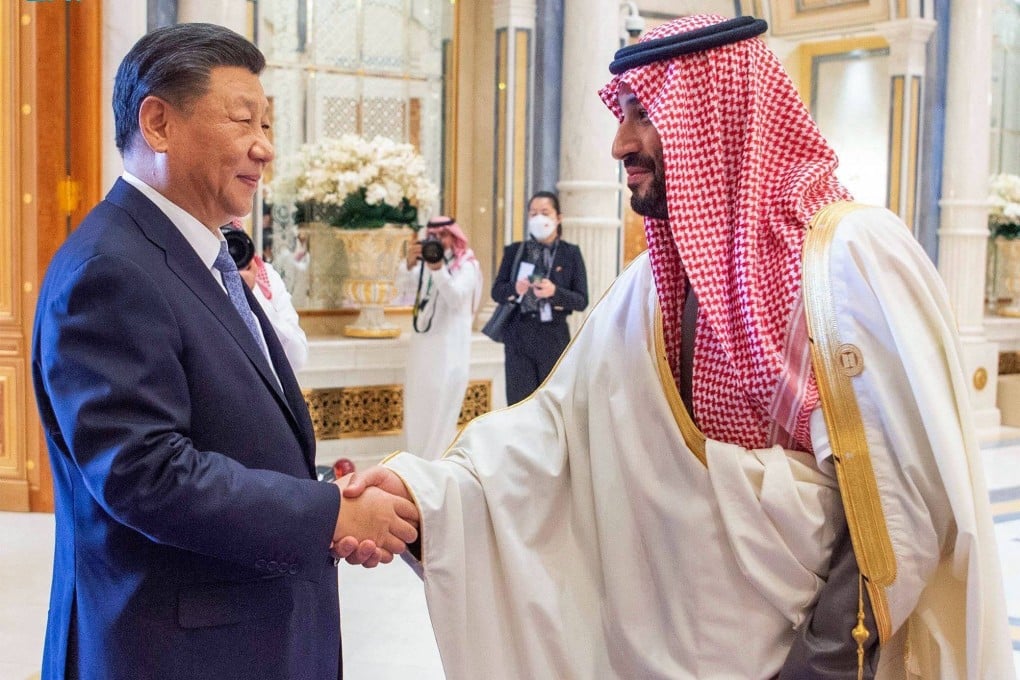Advertisement
Why it ‘doesn’t hurt’ Middle East nations to avoid taking sides in China-US rivalry narrative of the West
- Xi Jinping’s trip to Saudi Arabia allows the country to make ‘sovereign decisions’, irrespective of the agenda of the US, analysts said
- For Saudi Arabia, as well as the neighbouring UAE and Qatar, there is a need to show their relevance internationally, one analyst said
Reading Time:4 minutes
Why you can trust SCMP
3

Chinese President Xi Jinping’s landmark visit last week to Saudi Arabia laid the groundwork for numerous economic joint ventures with potentially far-reaching consequences for the struggling economies of Africa, the Arab world and South Asia.
Among the many agreements announced in Riyadh on December 9, the two sides intend to join forces to provide economic help, development funding, and debt relief to poor countries that are already close to either China or Saudi Arabia, or both – such as Egypt and Pakistan.
Xi and Crown Prince Mohammed bin Salman said they would also establish joint petrochemical and renewable power generation projects in investment-starved Africa and power-hungry Europe. Such plans could thereby improve the odds of China and Saudi Arabia securing major shares of the global energy market amid a transition away from dependency on hydrocarbon fuels.
Advertisement
By signing the pact, Xi and the crown prince have taken the first steps towards combining the enormous sovereign wealth of the two countries to achieve common goals. The deals will establish Saudi Arabia as the base for China’s Belt and Road Initiative projects at the crossroads of Africa and Asia, and align it with the kingdom’s equally ambitious Vision 2030 economic growth and diversification programme.
If the joint economic plans agreed in Riyadh are gradually realised, analysts said they would provide a rich alternative to developing countries who are desperate to avoid having to choose sides in the great power competition between the United States and China.
Advertisement
Advertisement
Select Voice
Choose your listening speed
Get through articles 2x faster
1.25x
250 WPM
Slow
Average
Fast
1.25x